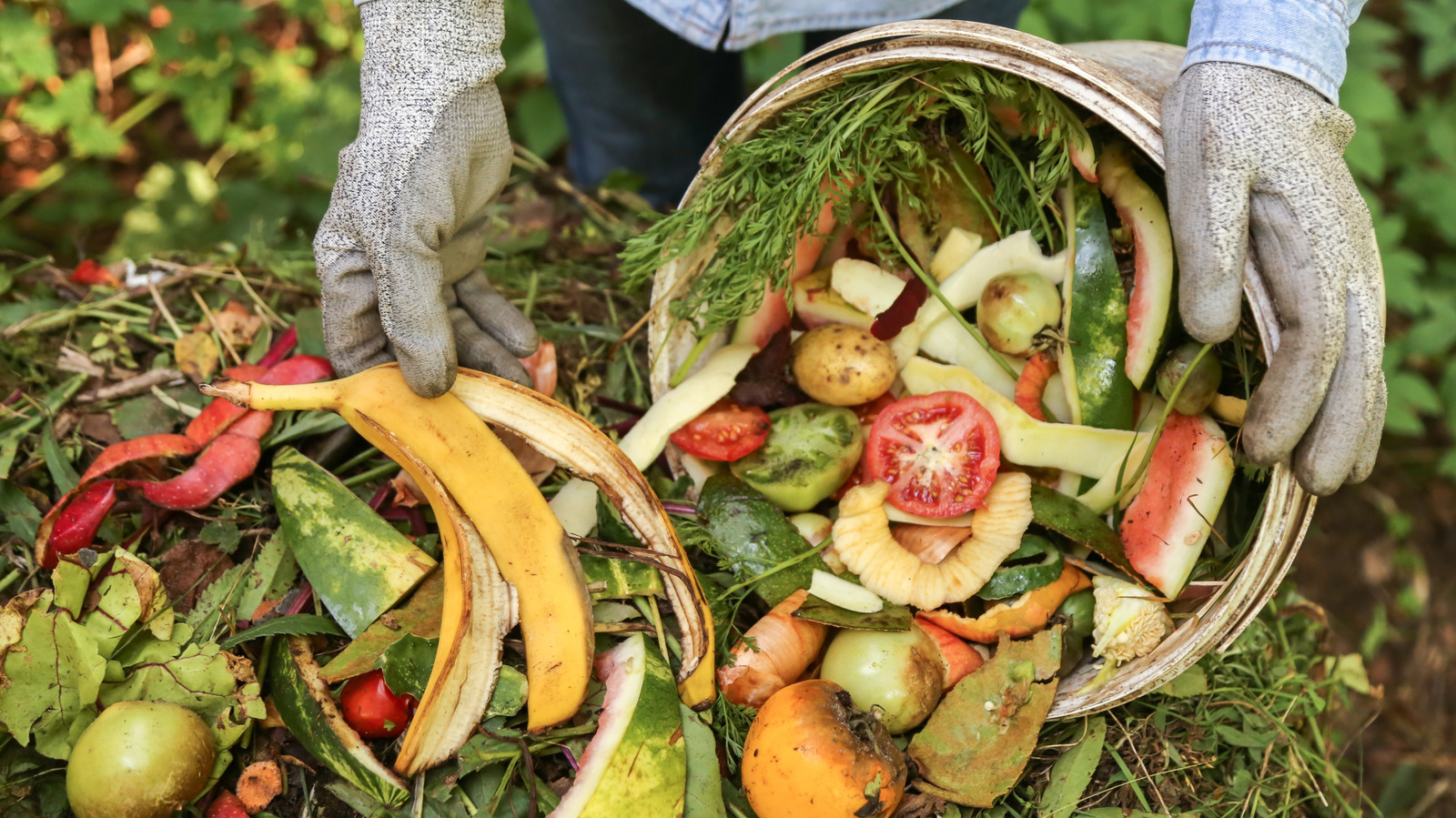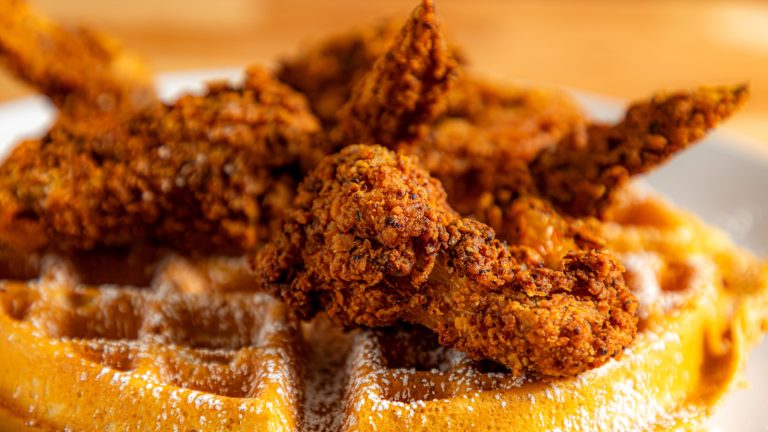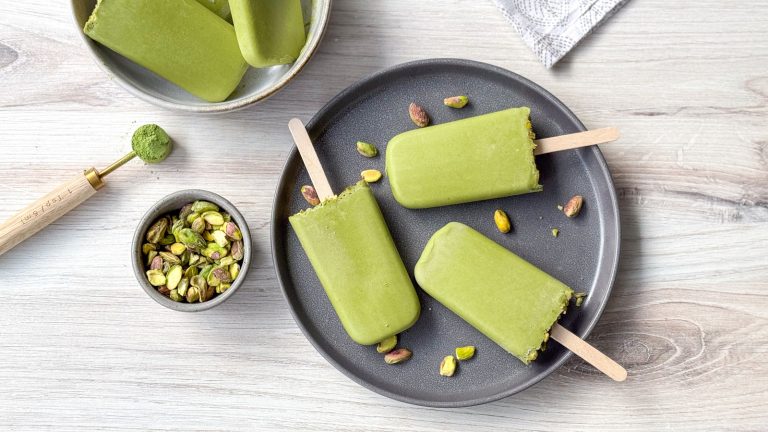You’ll be hard-pressed to find a fruit to rival the iconicity and versatility of the beloved banana. It’s got an instantly recognizable shape, a radioactive amount of potassium, and a peel that’s almost, if not equally, as useful and recognizable as its fruit. However, most people don’t realize that this delectable and natural treat can play a huge role in cultivating their garden to flourish in many ways. After all, like most fruits, the banana’s biodegradable and organic nature make it a perfect solution to many common gardening conundrums, and there’s always the added benefit of knowing that you’re playing a part in reducing food waste by using up every inch of your leftover bananas.
Every part of the banana has a potential use in your home and garden; the fruit can be a delicious snack or ingredient for some grander dish, or it can serve as bait to trap garden pests. Banana peels can be used for baking or even smoothie recipes, but avid gardeners will find that peels can help their little corner of the green earth thrive in a multitude of ways. Whether you’re a beginner gardener getting used to your green thumb or a veteran horticulturist with decades of experience, there’s something in this list for you.
Use overripe bananas to make mulch
The fruit of overripe bananas has long been salvaged from browning peels to make amazing banana bread, but most people don’t realize that they’re missing out on another way to make good use of that blackening fruit. The peels of overripe bananas have the potential to become excellent mulch for your garden, so don’t head for the trash bin just yet.
Mulch is one of those gardening must-haves for a variety of reasons. Not only does it act as a protective layer for your garden’s soil, but it’s also effective at keeping weeds at bay, improving water retention, and moderating the overall temperature of your soil. Stiff, organic materials work best for this practice, which makes bananas, especially the peels, perfect for mulching.
Like their fruit, banana peels are chock-full of potassium, which has been shown to be extremely beneficial for gardens and their inhabitants. As such, turning seemingly useless peels into mulch is a no-brainer way to get rid of any black bananas in your pantry while simultaneously keeping your garden green and healthy. Simply chop up your peels into pieces and scatter them on your soil as you would for any other mulch mixture. Since banana peels are quite fragrant — potentially attracting insects or other unwanted guests — remember to cover the peels with a protective layer of natural deterrents to prevent pests from feasting on the scraps.
Brew banana peel tea to add nutrients to your garden’s soil
Brewed banana tea is a surefire way to directly feed more nutrients into your garden’s soil. Potassium, calcium, magnesium, and phosphorus are all densely stored within the fruit, and these same nutrients are equally healthy for your garden. A popular and natural choice with veteran green thumbs, banana peel tea is best when made from old, raw banana peels, which have broken down enough to incorporate into the soil. More nutrients get released when organic or biodegradable materials decompose, so making tea from these overripe banana peels is the key to maximizing your garden’s potential with steeped banana tea.
This technique of steeping natural compostable items is prevalent among green thumb veterans, and the process of making compost tea and banana peel tea is quite similar in nature. Simply steep your banana peels in water for several days (or even weeks), or skip the wait and boil your banana peels on your stove until the water turns an appealing brown and the peels have gone black. Toss the peels into your compost bins to reduce waste, but save that water. That’s your banana tea, and it’s great as both a nutritional supplement for your soil and a frugal way to reduce food waste.
Compost your bananas
We’ve mentioned composting briefly, but bananas are a game-changer for your compost bin. A natural, biodegradable fruit, bananas are perfect as compost due to the presence of sulfur, manganese, phytonutrients, and other minerals that will help give your soil an extra boost. For the uninitiated, compost is the natural process of organic or other biodegradable waste breaking down into natural fertilizer. It’s essentially decomposition, and by implementing this stage in the natural cycle of life, you can use any biodegradable items in your kitchen to help feed your garden. Banana peels are a prime example.
To compost your banana peels, cut them into smaller pieces to help speed up the decomposition process before you throw them in your compost bin. Usually, this process takes weeks, but this way, the pieces break down more quickly, and your soil will get all the natural goodness without having to wait for nature to take its time. Experts also suggest burying the peels under the top layer of matter in your compost bin.
“This makes them more accessible for the worms and microbes and will give the process a kickstart,” Gavin Wyatt writes for Subpod, a company that specializes in compost systems. He also recommends checking your peels before you toss them in for composting; your plants can be susceptible to any disease that your rotting peels may possibly carry, so remember to triple-check your bananas before you add them to the composting pile.
Add your bananas to your vermiculture bin
Any green thumbs with a few years of experience under their belt have probably made a few wormy friends over their gardening lifetime. Earthworms have been the best friends of gardeners for centuries due to their ability to break down food scraps, improve soil health and structure, and reduce the need for artificial fertilizers. They also help prevent food waste and are a natural addition to the overall culture of your garden. As such, gardeners will often have designated worm bins for their slithery friends to thrive in, and this is where bananas help contribute to vermiculture goodness.
What these earthworms do is basically a sped-up version of composting. They ingest food material, such as banana peels and other organic matter, and pass it as a fertile mixture of soil, passed food matter, and worm castings that is the closest we have to a naturally processed fertilizer. Earthworms will happily go to town on your tossed banana peels and pass them as vermicompost, which you can then add to the soil of your garden, orchard, or houseplants. In fact, worm castings are so valuable that they’re a hot commodity at nurseries and gardening centers.
Banana peels are a perfect treat for your worms to feast on, so don’t worry about the peels being too stiff or hard for them to process; decomposition will help them soften over time for your worms to begin their invaluable work.
Attract pollinators to your garden
Bananas are a delicious, fragrant fruit, and even the bees and butterflies know that. Pollinators are an essential part of the natural ecosystem, and with the recent decline in pollinator populations, it’s important to keep supporting our friendly, fluttery helpers. Banana peels are a great way to get more natural visitors to your garden due to their sweetness, but don’t just toss them out into your grass willy-nilly. That’s a surefire way to get the wrong crowd involved, like scavengers. There’s a better way to get helpful birds and butterflies to your garden.
What you want to do is hang your bananas or place them on raised platforms in your garden. For this method, you want to use a banana that’s still got the fruit inside to maximize the sweetness that’ll draw in pollinators. Secure your banana with something that can easily be undone later, but still remains stable — such as twine or wire — and let your banana be. You’ll soon see colorful butterflies and beautiful birds come in droves to appreciate your offerings. Once the bananas get too ripe and black to attract anything more than flies, it’s probably a good time to throw them into your compost bin or your worm bin for nature to take its course. Be careful, though; bananas can also attract bee swarms and wasps, so keep an eye out.
Repel pests from your plants
Just as they would naturally attract helpful pollinators to your garden, banana peels also do their part to keep unwanted guests at bay. Banana peels act as great deterrents due to their sweet, strong scent. The chemicals in the peel, as well as the scent, will keep common pests out of your garden, such as aphids and other insects. Scientists have discovered that chemicals within the banana peels act as stressors to male garden mice, which helps drive them away from your garden and your carefully cultivated plants.
It’s important to prepare your banana peels beforehand to avoid attracting pests. Fruit flies commonly swarm rotting fruit, especially the sweet banana, so make sure your banana peels are properly dried and ground up into a powdered mixture to scatter around the base of your plants. However, you can also use this seeming disadvantage to your benefit; you can create a fruit fly trap with banana peels and a little DIY to ensnare these fluttery fiends. Simply put a banana peel inside a clear, plastic container, poke a few holes through the top, and wait for the fruit flies to come swarming.
Improve your soil’s health
Soil is the lifeblood of the planet. Without it, we wouldn’t last a day, and keeping your soil healthy, flourishing, and rich in nutrients for your plants to thrive off of is just as important as keeping your own plants going strong. Here’s where bananas come to play. This tip is for those who have a little extra space because we’re not just talking about the benefits of using banana peels; cultivating banana fruit trees is also a great solution to improving your soil’s overall health.
Banana trees have been proven to be excellent sources of aeration and cultivation in large-scale gardens, farmland, and any other place with a huge amount of soil to cover. Due to the structure of their roots, banana trees have been used for flood prevention to prevent water run-offs, bank flooding, and other unwanted disasters. On a smaller scale, they’ll improve water drainage in your soil and enhance water absorption in your garden as well.
A simpler solution to improving your garden’s soil is to use banana fertilizer. This can take several forms, such as a steeped liquid that can be directly applied to your plants as a foliar spray or a slow-release powder that stays in the soil longer, which means less frequent soil applications without missing out on the nutritional benefits. Both are helpful for different reasons, so be sure to see what your specific garden would best benefit from before deciding on which route to take.
Soothe bug bites
You’ll be hard-pressed to find someone who works outdoors who also enjoys getting bitten by bugs all the time. Not only do they sting, but bug bites can carry diseases that will make it difficult for you to enjoy the full potential of your garden. Mosquitoes, ticks, chiggers, and biting flies are just a few of those summer-active bugs that love to get a good chomp out of your skin, so it’s always important to stay protected and prepared whenever you work outdoors. However, there’s only so much that bug spray and protective clothing can do, so it’s important to have something prepared for when those bug bites begin to itch.
Don’t worry, though; banana peels are here to save your skin, literally. The insides of banana skins contain polysaccharides, which can reduce swelling and inflammation. All you have to do is gently rub the inside of the peel onto the bug bite area and leave it there for up to a few minutes to let the banana do its magic. The banana peel will help reduce any itching, so you can finally put an end to your itchy, red mosquito bites. Just be sure to save your nice, just-ripe yellow bananas for this tip; you don’t want to smear rotting bananas on your skin, after all.
Keep indoor houseplant leaves clean
Houseplants serve an aesthetic purpose in many people’s homes, and it goes without saying that healthy houseplants will far outshine those that need a little maintenance. One of the big indicators that a houseplant is thriving is its shiny, glossy leaves. Appearance aside, clean houseplants thrive better and absorb more sun with glossy leaves, which helps them photosynthesize better. Keeping your plants looking their best is just one of the many tasks of a plant parent, and banana peels can help you do just that with minimal effort, no harmful chemicals involved.
Again, we’re going to be using the inside of a banana peel for this particular trick. Like we’ve discussed, those insides are loaded with organic minerals and nutrients that can spiffy up your plants with just a little careful application. Take out the fruit and use the inside of the banana peel to gently rub on the leaves of your houseplant of choice. Rub over as much of the surface as you can; this’ll help remove dust and apply organic health boosters to those leaves at once. Use a soft napkin to wipe away any residue; now you’ve got a cleaner and happier plant that’ll surely thrive with this eco-friendly pampering. Remember to save the leftover peel for your garden; let nothing go to waste.
Attract birds to your garden
Birds are a beautiful and essential part of the outdoors, and we as humans love to watch them do their stuff. Amateur bird watching and bird feeders experienced a boom in popularity during the COVID pandemic, when everyone was confined to their homes but still longed for a bit of nature to come to their door. But you don’t need to bust the bank for a few birds. After all, these creatures don’t need a five-course meal at a triple-starred Michelin restaurant; birds will be perfectly content with just a couple of delicious pieces of banana that you can easily and frugally provide.
There are two ways to attract birds with bananas. The first is to add chopped-up, fresh banana fruit slices to your bird feeders and mix them thoroughly with the other birdseed and food that you have prepared. Bananas are a great source of food and nutrition for birds, and you’ll also be able to keep them away from your other fruiting plants.
The second option uses overripe bananas. Tie them in a mesh bag and hang it from an easily accessible spot. Fruit flies, our familiar nemesis, will come calling in droves. Birds are the natural predators of these flies, especially hummingbirds, so they’ll soon flutter over and clear out those flies in a jiffy. Not only will you be rid of some nasty flies, but you’ll get treated to a natural, feathered phenomenon right outside your window.





